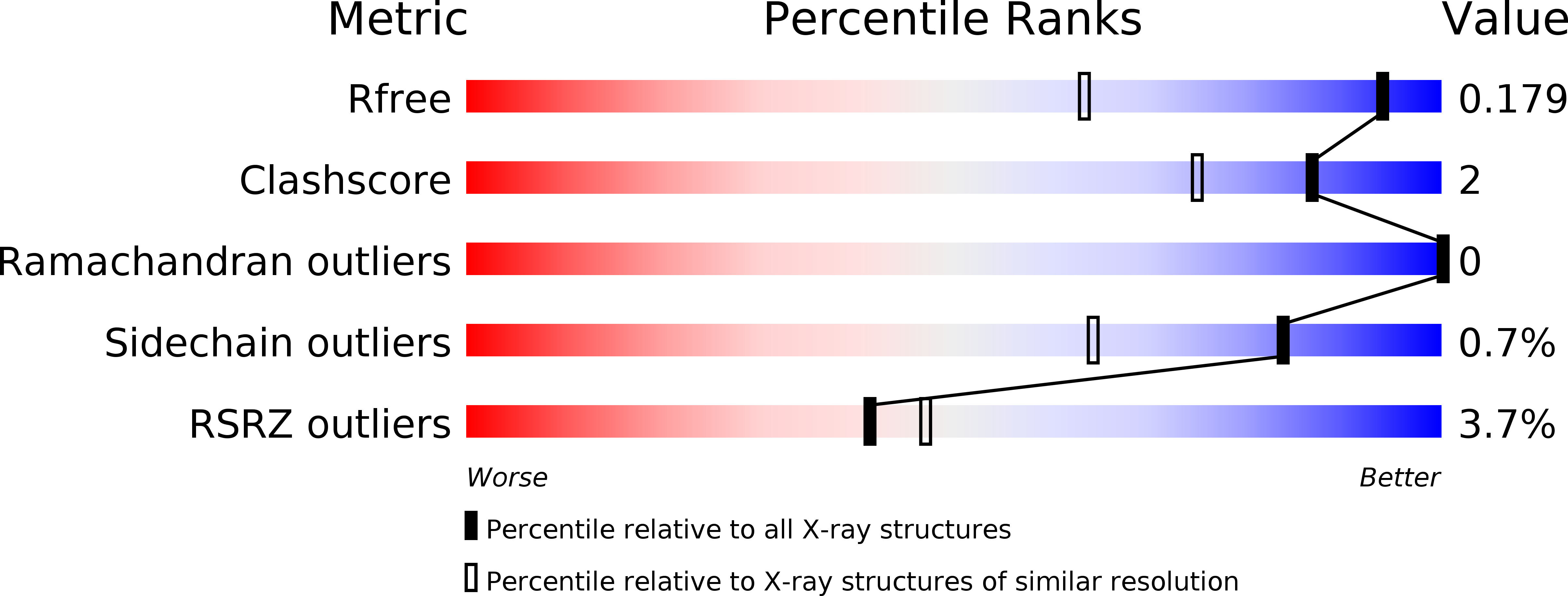
Deposition Date
2019-05-21
Release Date
2019-07-31
Last Version Date
2024-10-23
Entry Detail
Biological Source:
Source Organism:
Paenibacillus graminis (Taxon ID: 189425)
Host Organism:
Method Details:
Experimental Method:
Resolution:
1.35 Å
R-Value Free:
0.17
R-Value Work:
0.14
R-Value Observed:
0.14
Space Group:
P 21 21 21


